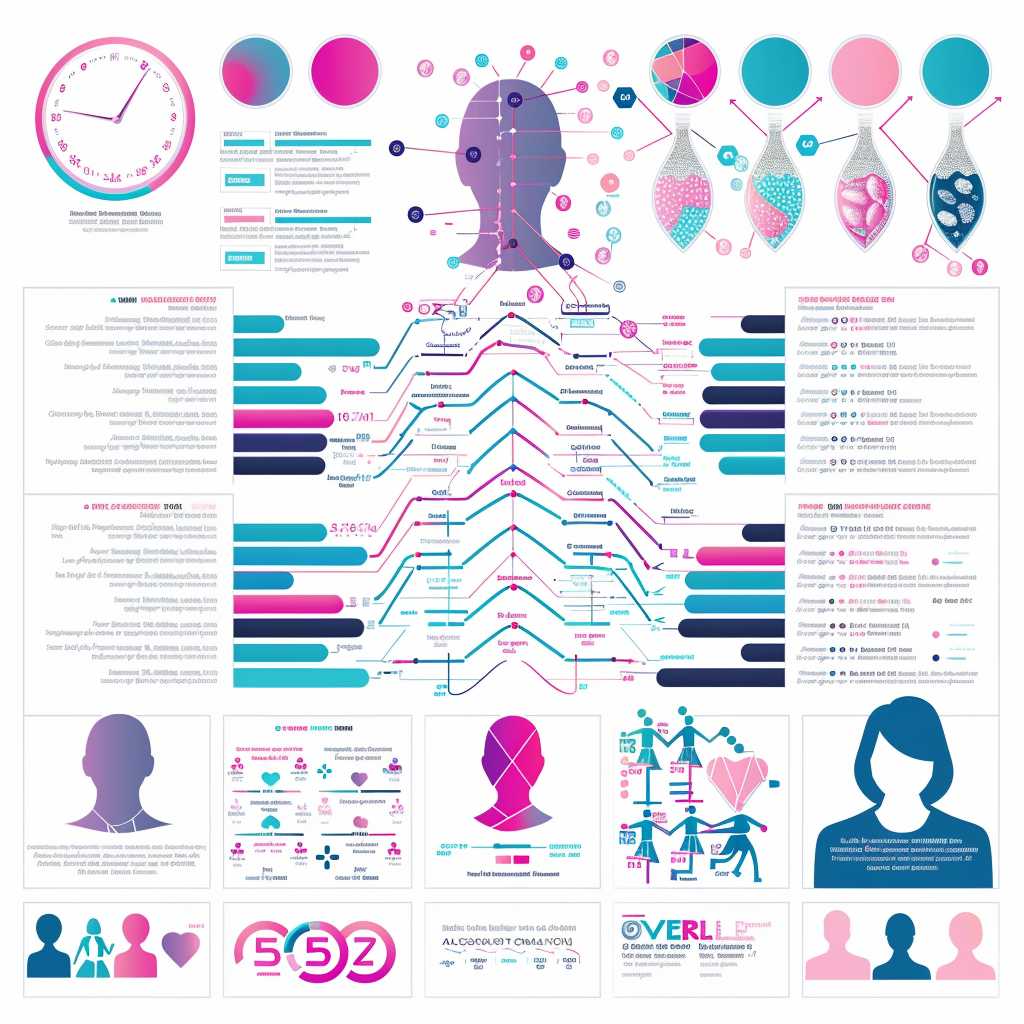Understanding Breast Cancer Risk Assessment Scores and Their Impact on Health Management
Breast cancer is one of the leading causes of cancer-related morbidity and mortality among women worldwide. With the advancements in medicine and technology, risk assessment tools have been developed to evaluate a woman’s risk of developing breast cancer. This helps in tailoring preventive measures and screening practices. The Breast Cancer Risk Assessment Score is one such tool that has become an indispensable part of women’s health strategies. This intricate algorithm blends family history, reproductive history, known genetic predispositions, and lifestyle factors to produce a personalized risk profile.
The Role of Risk Assessment in Breast Cancer
Breast cancer risk assessment scores serve essential functions in the preventative healthcare landscape. Firstly, they help identify individuals at high risk, allowing for increased vigilance and early detection, which can significantly improve treatment outcomes. Secondly, these scores aid healthcare professionals in making informed recommendations regarding surveillance strategies, which may include more frequent mammography screenings or MRI scans for those at heightened risk. Additionally, for women with particularly high scores, prophylactic options such as medications that lower estrogen levels or preventive surgeries can be discussed.
Risk assessment also emboldens patients to engage more proactively with their healthcare by encouraging lifestyle modifications which could potentially lower risk. These lifestyle changes can encompass diet alterations, regular physical activity, alcohol reduction, and cessation of smoking. Women armed with information about their risk factors feel empowered to make choices beneficial to their long-term well-being.
The Science Behind Risk Assessment Tools
Many models are employed to assess breast cancer risk, with varying degrees of complexity and focus. The Gail Model is one commonly used method that calculates a woman’s 5-year and lifetime risk of developing invasive breast cancer. This model considers age, reproductive history (such as age at first menstrual period and age at first live birth), family history of breast cancer, history of breast biopsies, and race/ethnicity.
On the more advanced end of the spectrum are tools like Tyrer-Cuzick model, which includes additional risk factors such as Breast Density or users’ hormone replacement therapy history. These models are constantly refined as new genetic markers and risk factors are discovered, making the assessment scores cumulatively more accurate over time.
These assessment models are formulated based on extensive epidemiological studies looking at populations over time to identify patterns and factors contributing to the development of breast cancer. It’s worth noting that while these scores provide valuable prognostic information, they are not definitive predictors and cannot capture all variables relevant to an individual’s risk.
Risk Assessment Scores and Genetic Testing
Genetic testing has revolutionized risk assessment for breast cancer. Mutations in genes such as BRCA1 and BRCA2 drastically increase the risk of a woman developing breast cancer during her lifetime. A woman’s Breast Cancer Risk Assessment Score can prompt genetic counseling and testing for these and other related mutations for individuals deemed at high-risk based on their personal or family history.
Genetic testing outcomes further refine a person’s risk profile and can propel both patient and healthcare provider toward tighter surveillance regimens or more aggressive preventive strategies including chemoprevention or surgical options.
Limitations and Considerations in Risk Prediction
Acknowledging limitations inherent in risk assessment scores is crucial when implementing their results. One significant challenge is the lack of representation — with many models being less accurate for minority populations due to underrepresentation in research. Furthermore, these predictive models cannot account for all personal characteristics or environmental exposures.
Ultimately, discussions regarding risk assessment results need to be nuanced and personalized. Health professionals might consider several factors beyond risk score alone when advising on any decision-making process associated with prevention or surveillance methods.
